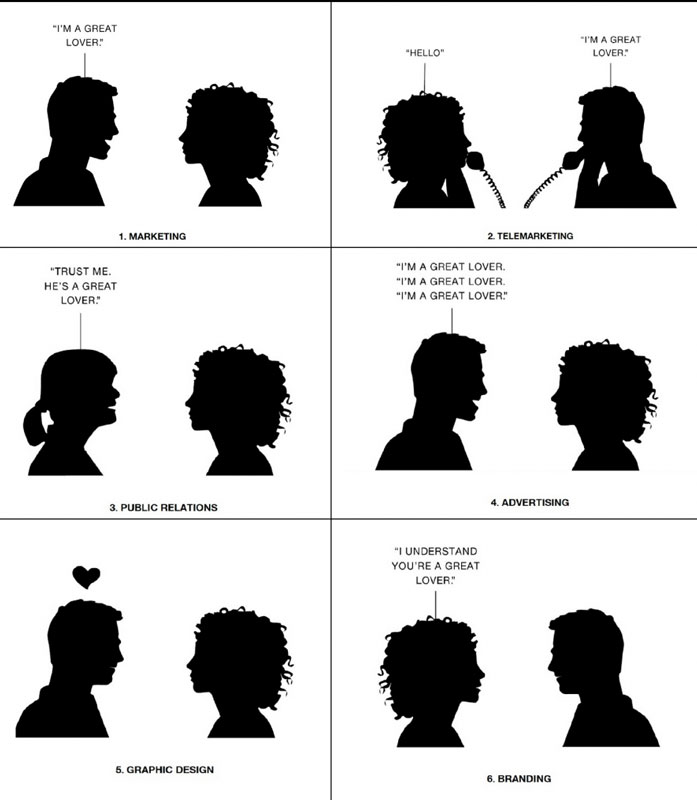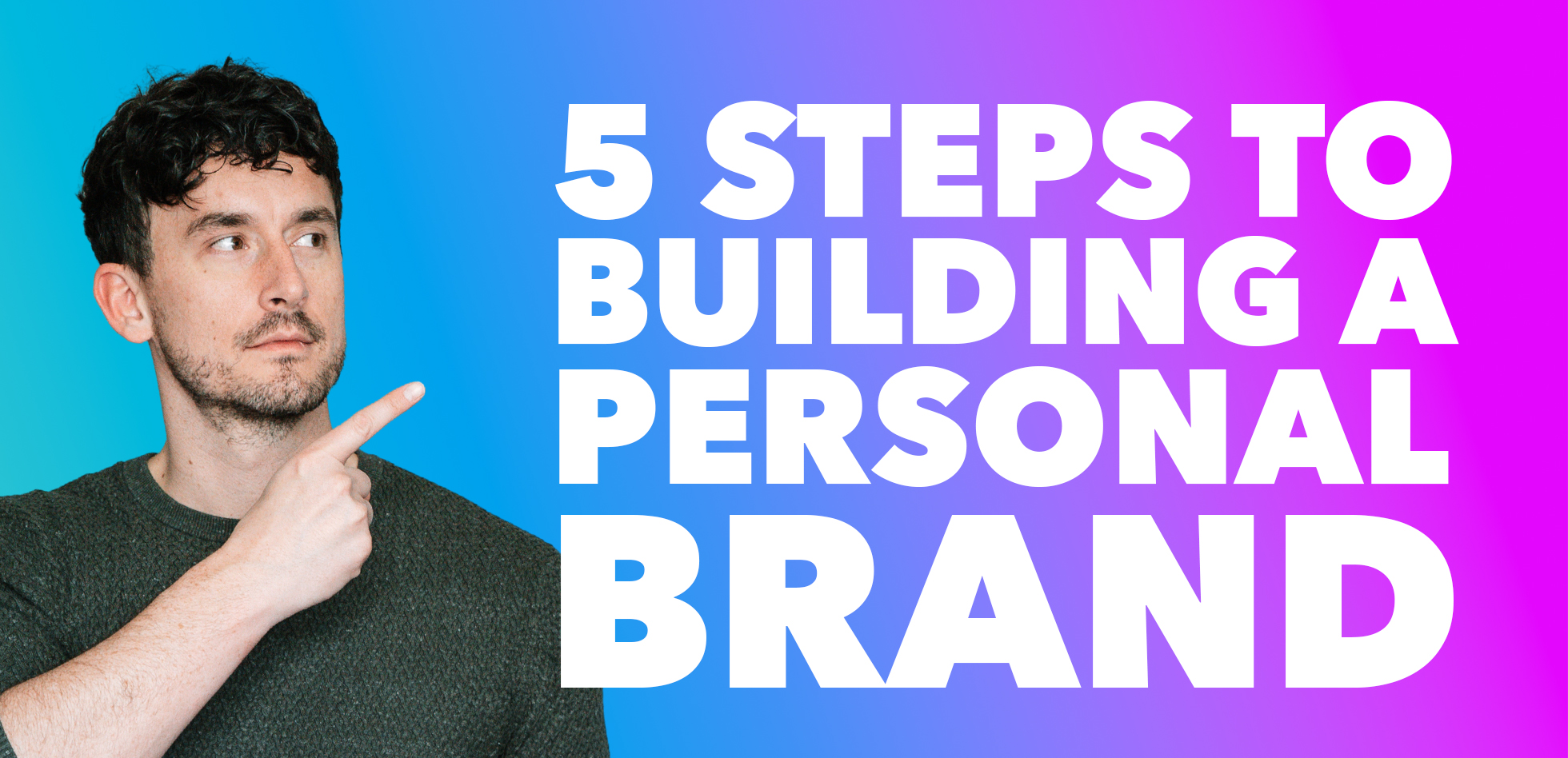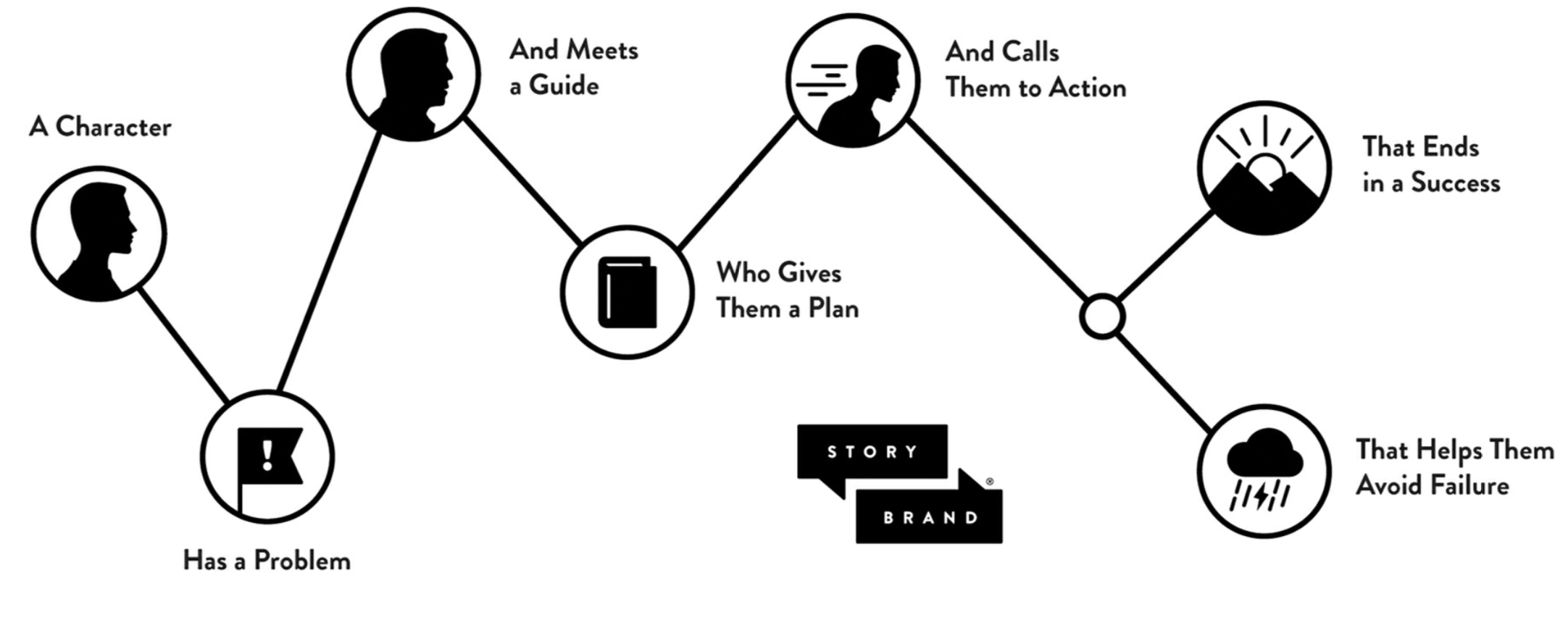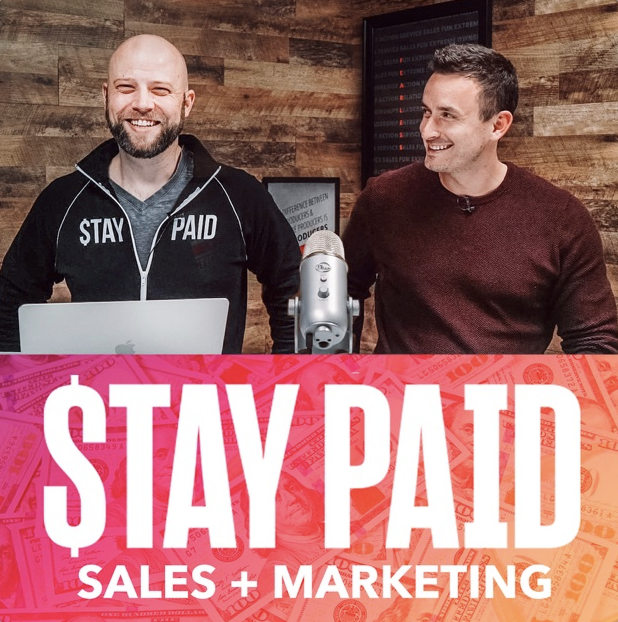How to Build a Brand
An introduction to small business branding
Branding your small business is an exceptionally important part of your business plan, but that doesn’t mean it has to be complicated.
If you’re just starting out or if you’re thinking about rebranding a small business, you could hire a branding agency or brand strategist. But chances are high that you’re working with a tight, and you’re not looking to compete with Johnson & Johnson, eXp Realty, or Goldman Sachs.
At least not yet.
By reading a few good books and listening to the right people, you can get helpful advice about how to build a brand. You can learn easy strategies to implement and clear examples applicable to small business branding that will put you on the right path.
In this episode of Stay Paid, Luke and Josh talk about two ideas from two highly regarded authors that you can begin using immediately.
The Power of Onlyness
“Onlyness” is a concept borrowed from The Brand Gap by Marty Neumeier. Essentially, onlyness, or being the only, is akin to having a highly focused niche.
Business niches is a familiar topic on Stay Paid. (You can listen to Jill McGowan, Willie J. Mandrell, and Tom Hegna talk about business niches on the podcast.) But Marty talks about how using the power of onlyness and having a hyper-focused niche can help you eliminate the competition and command higher fees.
You start to develop onlyness by working through a number of questions about your business, and then putting the answers into a coherent statement so that people can understand what you do and who you do it for.
The process is called the onlyness exercise, and it looks like this:
My brand is the only [what is your category] that [how are you different] for [who are your customers] in [where are they located] who want [why are you important] in an era of [when do they need you].
During the episode, Luke and Josh flesh out how to complete this exercise using Harley Davidson as an example. Once they complete the exercise, it’s easy to see how the power of onlyness can work to set a brand apart.
Your Brand Is What Others Say It Is
The guys also take some time to revisit an exceptionally important point: As much as you try to define your brand (who you are, what you do, and what you stand for) it’s your clients and prospects who will ultimately decide what your brand will mean.
Borrowed from Marty, this diagram makes the point clear. While you, your team, your advertising, public relations, and marketing all attempt to tell your clients and prospects what your brand it, they’re going to decide for themselves.

As it is with dating, so it is with branding. The object of your attention will decide for themselves whether you are what you say you are.
You can listen to Luke and Josh’s conversation with Marty Neumeier about onlyness and how you can discover that very specific thing that only you do or do better than anyone else in Episode 163.
Building a StoryBrand Framework
Another great idea for how to build a brand comes from Building a StoryBrand by Donald Miller (It’s a New York Times #1 Bestseller.)
Stories are the most recognizable and memorable pattern of communication among human beings. Every culture throughout history has used stories to make sense of the world—what things are, why things happen, how we should act, what is good and evil, and so much more. We use stories to share this understanding with others and to pass our understanding to future generations.
Miller uses this universally familiar way of communicating to create the idea of a “storybrand” as a guide for how to build a brand:
A CHARACTER who wants something encounters a PROBLEM before they can get it. At the peak of their despair, a GUIDE steps into their lives, gives them a PLAN, and CALLS THEM TO ACTION. That action helps them avoid FAILURE and ends in a SUCCESS.
In Miller’s storybrand, the character is the hero, and it’s your client who plays the role.
They have a problem that needs to be solved if they are going to get what they want.
You and your business are the wise and trusted guide who has helped other heroes achieve their goals.
You give your client a simple plan and a reason to take action that will ensure they avoid failure and achieve success.
Luke and Josh walk through a storybrand example and how a real estate agent might tell their brand’s story. It’s a fun but powerful way to think about branding your small business.
Once the story is written, it can be consistently repeated in all your marketing—and by everyone in your organization. When that happens, it’s easy for your clients and prospects to understand who you are, what you do, and why they should do business with you.
Your Unique Selling Proposition
Developing your unique selling proposition or USP is, as Luke says during the podcast, probably the most important part of developing a brand, and it’s what ties the power of onlyness and the storybrand together.
Your USP is the thing that makes you different (not necessarily unique) and gives your clients or customers and prospects a compelling reason to do business with you. It’s your USP that is the backbone of your onlyness and your storybrand.
For more guidance about how to build a brand, you can read our blog, “The Definitive Guide to Branding Your Real Estate Business in 2020.” Don’t worry if you’re not in real estate—the information provided is widely applicable and can help with any small business branding project.
But for now, enjoy this Silver Dollar episode of Stay Paid, and then commit to the action item that will put you on the path toward developing your brand.
Key Points
- You have a brand whether you know it or not, so make sure it’s what you want it to be.
- Your unique selling position (USP) is critical to your branding.
- A highly focused niche will unlock the power of onlyness, eliminate your competition, and allow you to command higher fees.
- Building a storybrand allows you to use the most recognizable and memorable form of communication to guide you when branding your small business.
Action Item
Use the onlyness exercise to develop your unique selling position.
Resources
- Free e-book: Getting Started with Relationship Marketing.
- Diagram: The difference between sales and branding from The Brand Gap: How to Bridge the Distance Between Business Strategy and Design by Marty Neumeier (Pearson Education/AIGA, 2005).
- Diagram: The StoryBrand Framework from Building a StoryBrand by Donald Miller (HarperCollins Leadership, 2017).




















 Soundcloud
Soundcloud iHeart Radio
iHeart Radio Spotify
Spotify Spotify
Spotify


